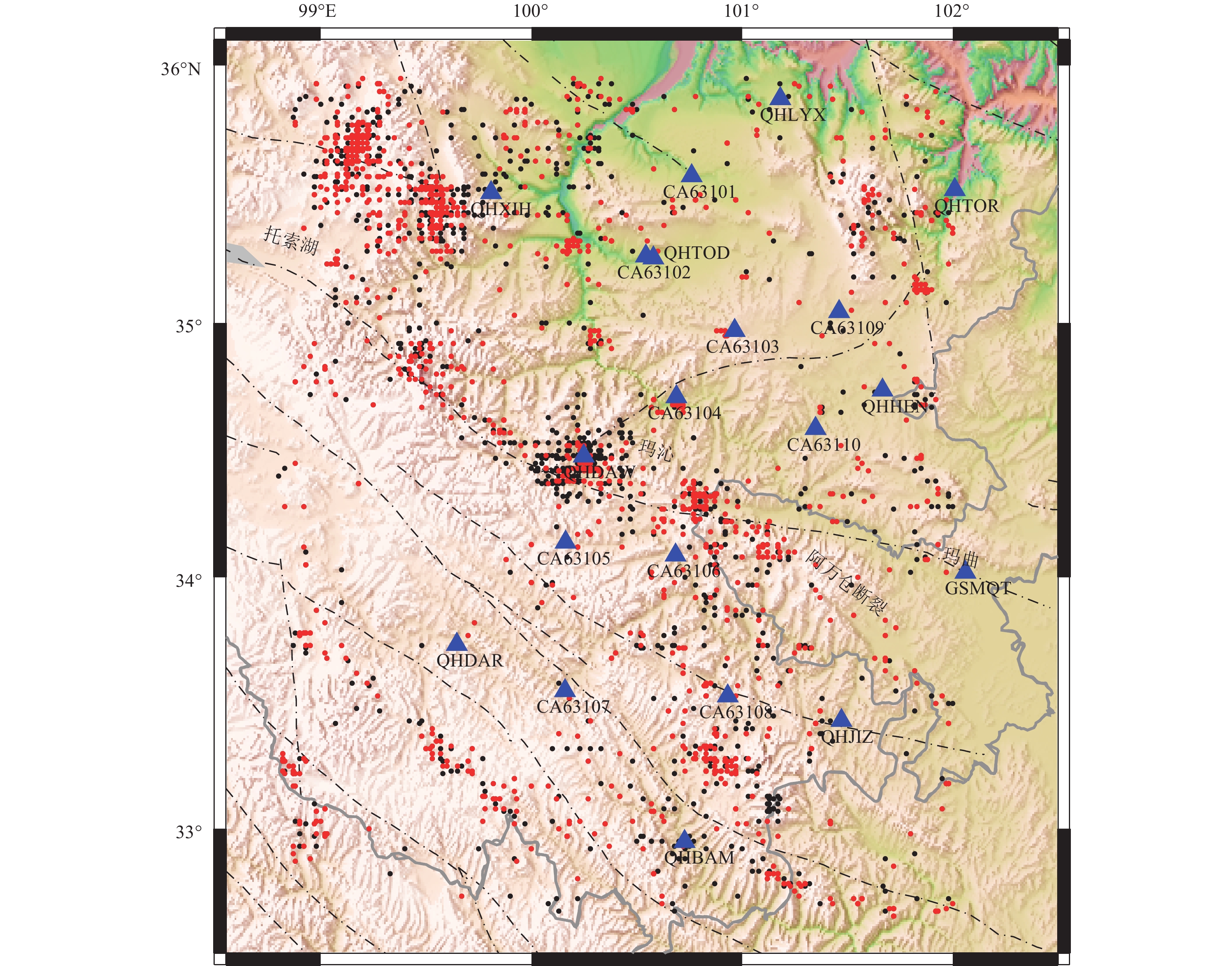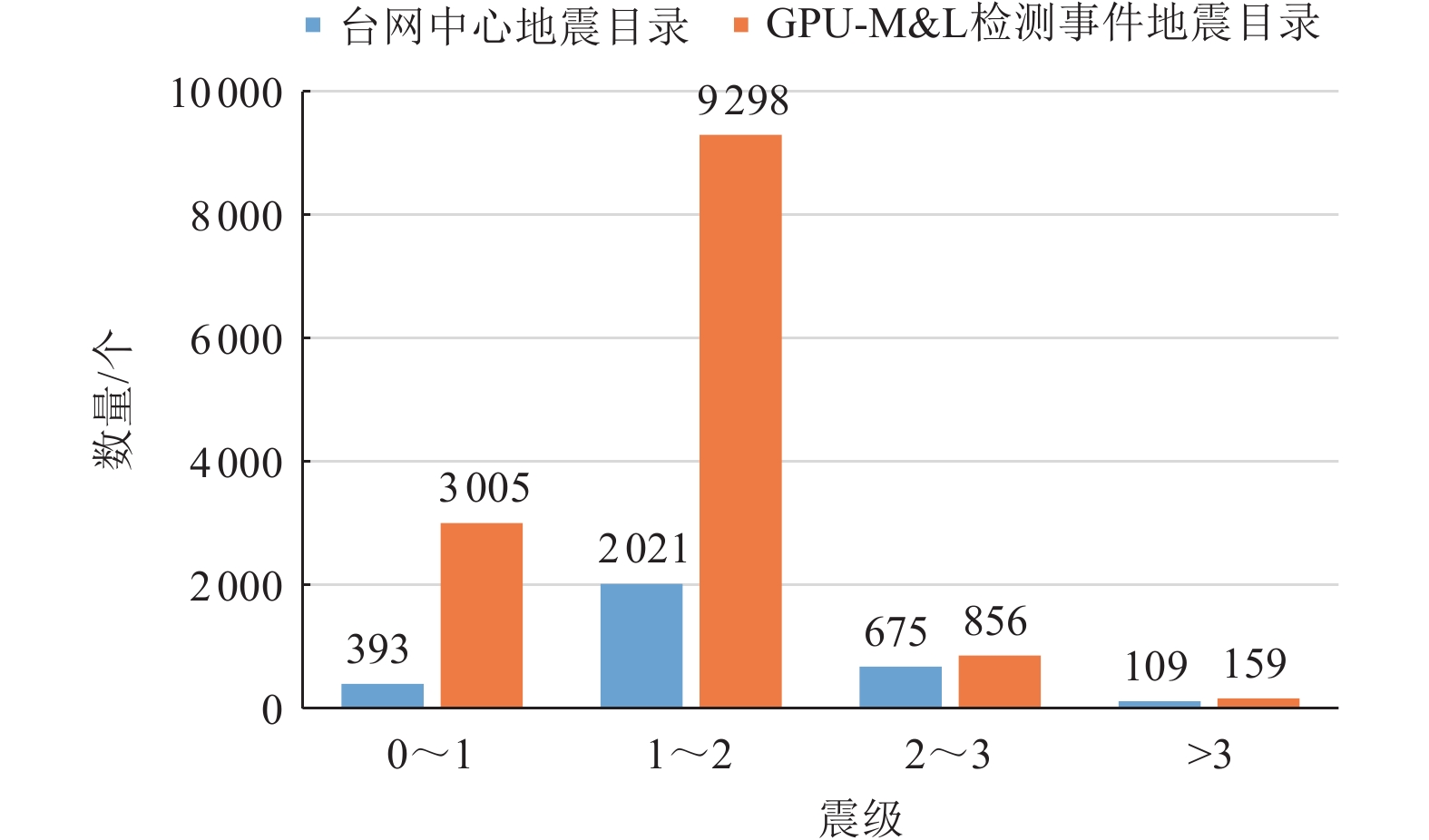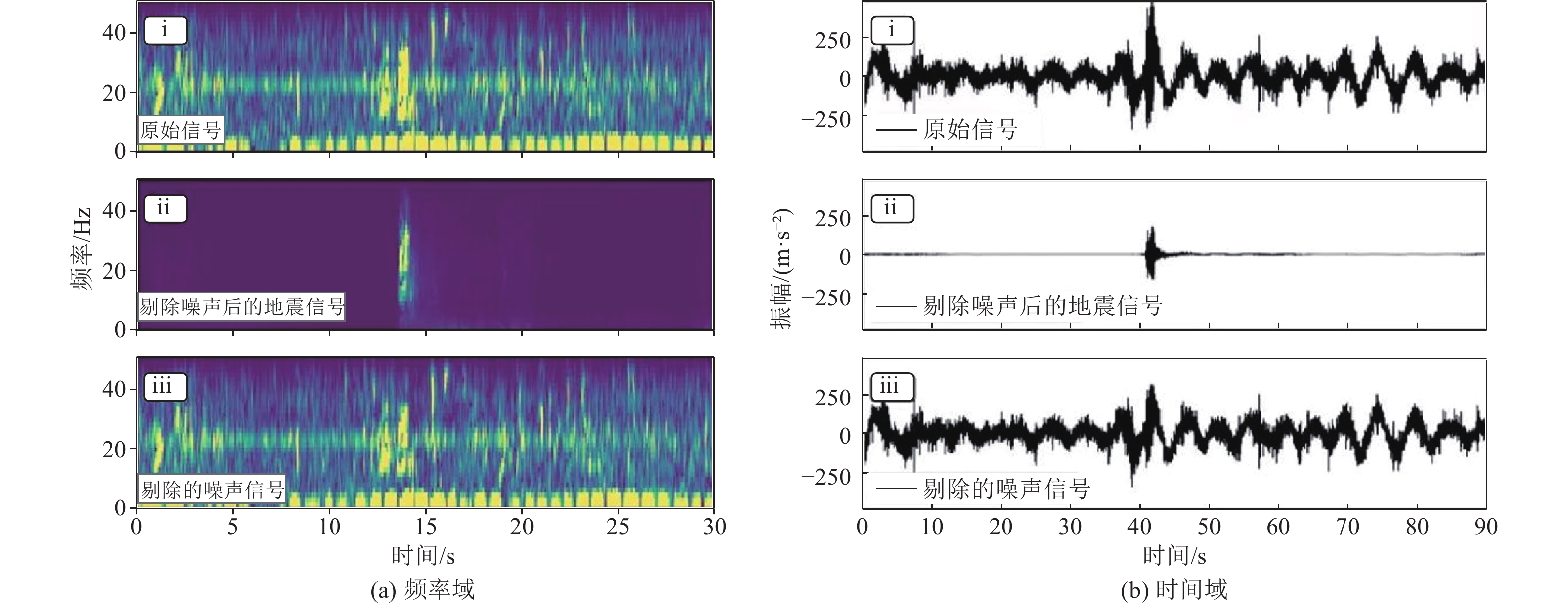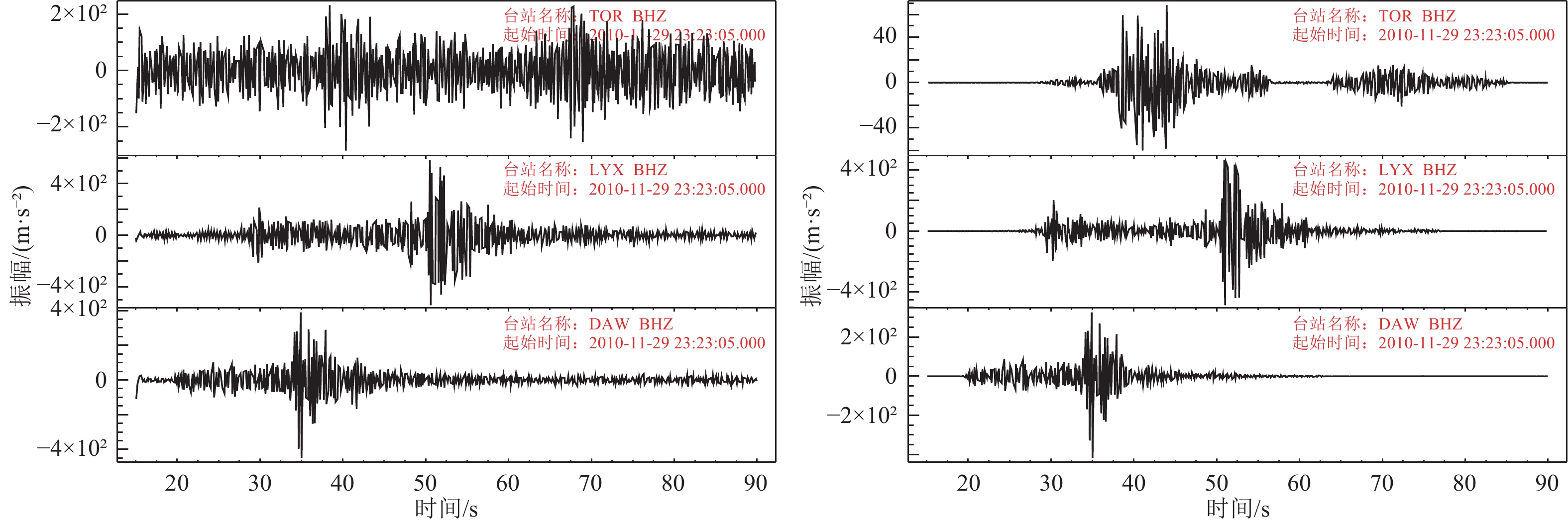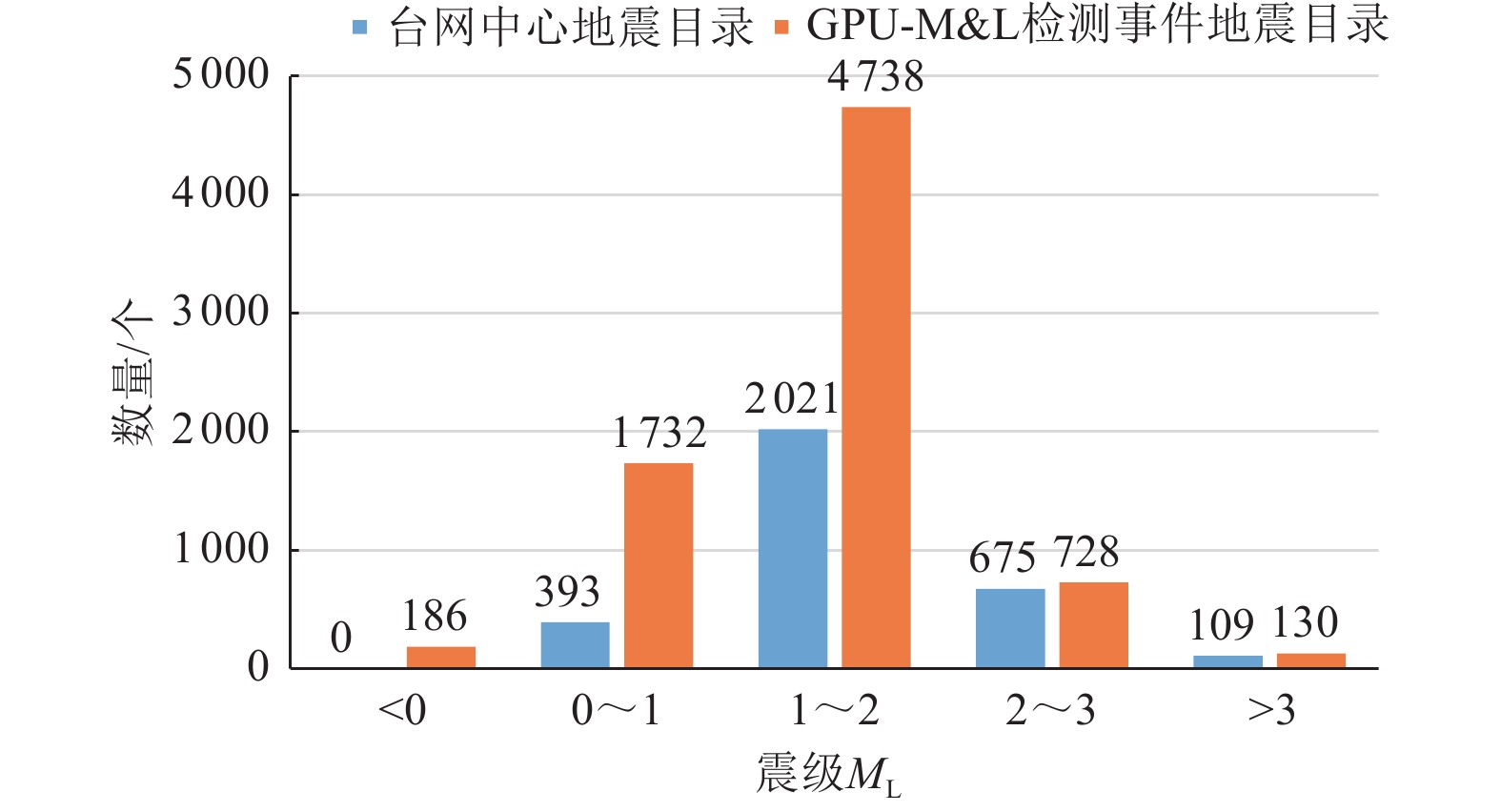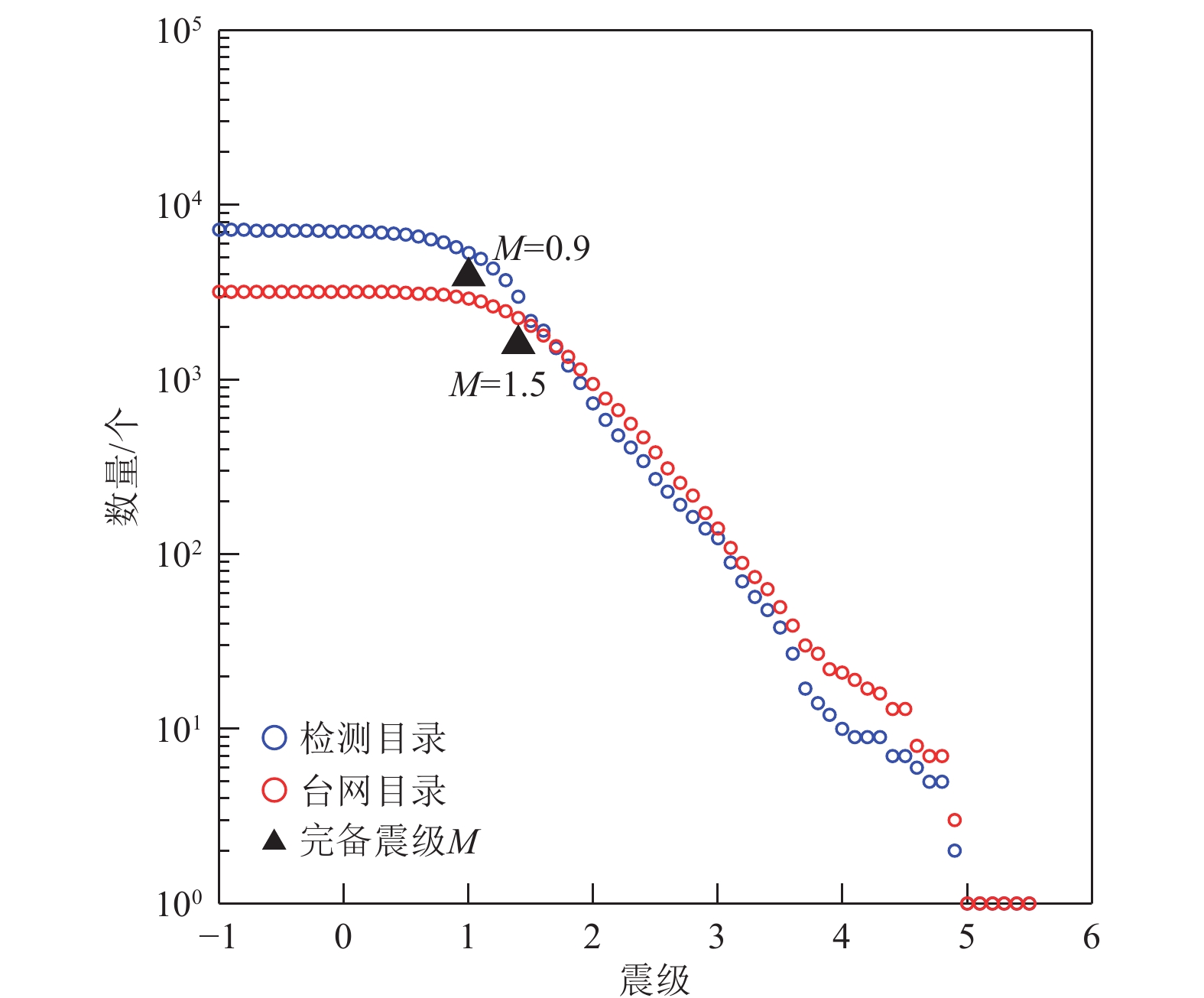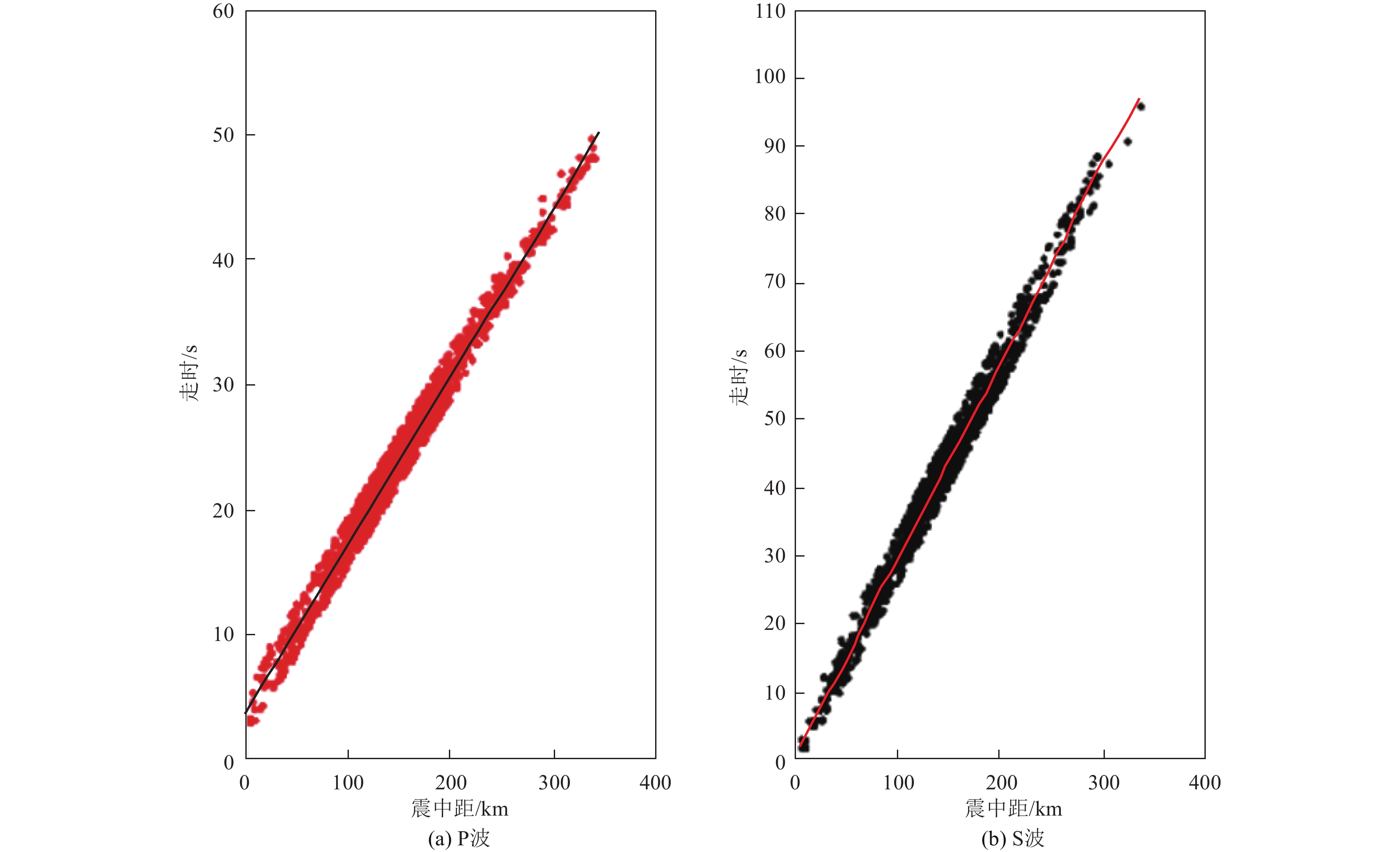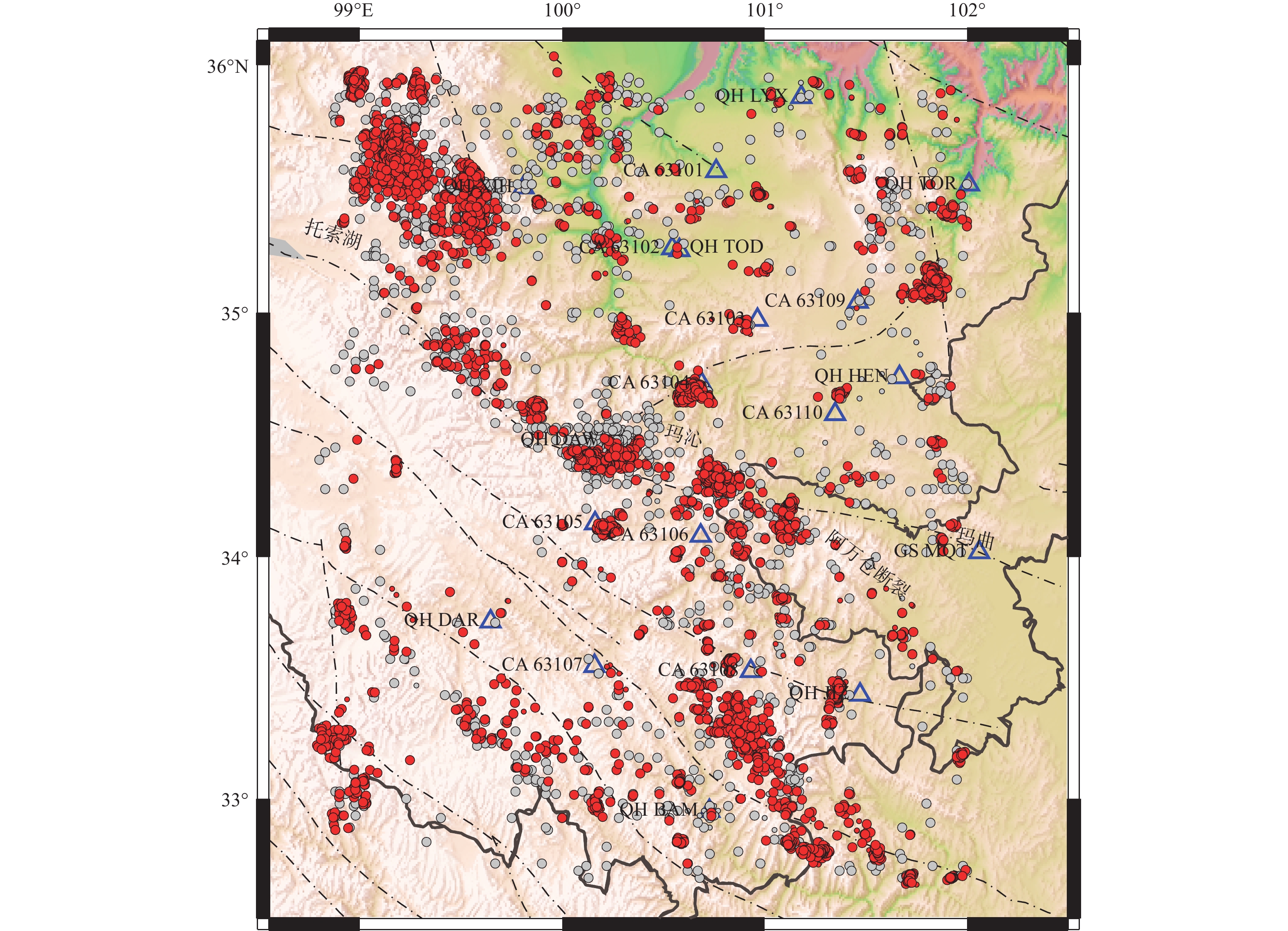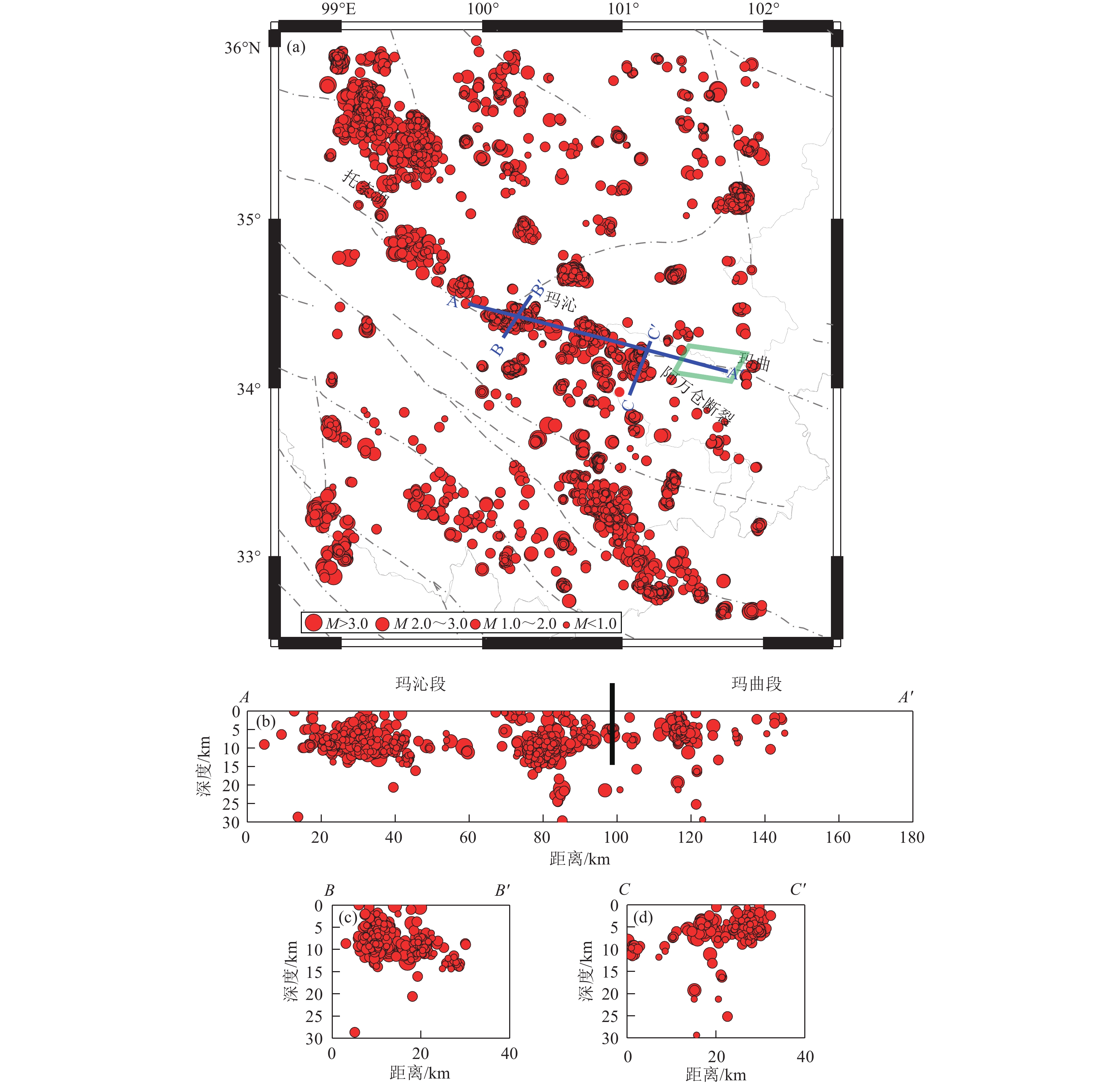|
邓起东,张培震,冉勇康等,2003. 中国活动构造与地震活动. 地学前缘,10(S1):66−73. doi: 10.3321/j.issn:1005-2321.2003.z1.012Deng Q. D., Zhang P. Z., Ran Y. K., et al., 2003. Active tectonics and earthquake activities in China. Earth Science Frontiers, 10(S1): 66−73. (in Chinese) doi: 10.3321/j.issn:1005-2321.2003.z1.012
|
|
李陈侠,徐锡伟,闻学泽等,2011. 东昆仑断裂带中东部地震破裂分段性与走滑运动分解作用. 中国科学:地球科学,41(9):1295−1310. doi: 10.1007/s11430-011-4239-5Li C. X., Xu X. W., Wen X. Z., et al., 2011. Rupture segmentation and slip partitioning of the mid-eastern part of the Kunlun Fault, north Tibetan Plateau. Science China Earth Science, 54(11): 1730−1745. (in Chinese) doi: 10.1007/s11430-011-4239-5
|
|
李陈侠,袁道阳,杨虎等,2016. 东昆仑断裂带东段分支断裂−−阿万仓断裂晚第四纪构造活动特征. 地震地质,38(1):44−64. doi: 10.3969/j.issn.0253-4967.2016.01.004Li C. X., Yuan D. Y., Yang H., et al., 2016. The tectonic activity characteristics of Awancang fault in the late quaternary, the sub-strand of the eastern Kunlun fault. Seismology and Geology, 38(1): 44−64. (in Chinese) doi: 10.3969/j.issn.0253-4967.2016.01.004
|
|
李海龙,2016. 鲜水河、东昆仑断裂新构造变形研究与对比. 北京:中国地质大学(北京).Li H. L. , 2016. The study on the neotectonic deformation of the Xianshuihe and East Kunlun faults. Beijing: China University of Geosciences (Beijing). (in Chinese)
|
|
李璐,王宝善,侯金欣,2017. 模板匹配滤波技术在地震数据处理中的应用. 中国地震,33(1):14−22.Li L. , Wang B. S. , Hou J. X. , 2017. Applications of matched filter technique in seismic data processing. Earthquake Research in China, 2017, 33 (1): 14−22. (in Chinese)
|
|
王同利,刘敏,李红谊等,2019. 阿拉善左旗 M S5.8地震前后地震活动性分析和重定位. 地球物理学报,62(6):2038−2047. doi: 10.6038/cjg2019N0024Wang T. L., Liu M., Li H. Y., et al., 2019. Relocation of the aftershock sequence and activity of the M S5.8 Alxa earthquake. Chinese Journal of Geophysics, 62(6): 2038−2047. (in Chinese) doi: 10.6038/cjg2019N0024
|
|
闻学泽,张培震,杜方等,2009. 2008年汶川8.0级地震发生的历史与现今地震活动背景. 地球物理学报,52(2):444−454.Wen X. Z., Zhang P. Z., Du F., et al., 2009. The background of historical and modern seismic activities of the occurrence of the 2008 M S8.0 Wenchuan, Sichuan, earthquake. Chinese Journal of Geophysics, 52(2): 444−454. (in Chinese)
|
|
徐锡伟,陈文彬,于贵华等,2002. 2001年11月14日昆仑山库赛湖地震( M S8.1)地表破裂带的基本特征. 地震地质,24(1):1−13. doi: 10.3969/j.issn.0253-4967.2002.01.001Xu X. W., Chen W. B., Yu G. H., et al., 2002. Characteristic features of the surface ruptures of the Hoh Sai Hu (Kunlunshan) earthquake ( M S8.1), northern Tibetan Plateau, China. Seismology and Geology, 24(1): 1−13. (in Chinese) doi: 10.3969/j.issn.0253-4967.2002.01.001
|
|
张军龙,任金卫,陈长云等,2014. 东昆仑断裂带东部晚更新世以来活动特征及其大地构造意义. 中国科学:地球科学,44(4):654−667. doi: 10.1007/s11430-013-4759-2Zhang J. L., Ren J. W., Chen C Y, et al., 2014. The Late Pleistocene activity of the eastern part of east Kunlun fault zone and its tectonic significance. Science China Earth Sciences, 57(3): 439−453. (in Chinese) doi: 10.1007/s11430-013-4759-2
|
|
张淼,2015. 地震定位和检测. 合肥:中国科学技术大学.Zhang M. , 2015. Earthquake location and detection. Hefei: University of Science and Technology of China. (in Chinese)
|
|
赵明,唐淋,陈石等,2021. 基于深度学习到时拾取自动构建长宁地震前震目录. 地球物理学报,64(1):54−66. doi: 10.6038/cjg2021O0271Zhao M., Tang L., Chen S., et al., 2021. Machine learning based automatic foreshock catalog building for the 2019 M S6.0 Changning, Sichuan earthquake. Chinese Journal of Geophysics, 64(1): 54−66. (in Chinese) doi: 10.6038/cjg2021O0271
|
|
朱艾斓,徐锡伟,周永胜等,2005. 川西地区小震重新定位及其活动构造意义. 地球物理学报,48(3):629−636. doi: 10.3321/j.issn:0001-5733.2005.03.021Zhu A. L., Xu X. W., Zhou Y. S., et al., 2005. Relocation of small earthquakes in western Sichuan, China and its implications for active tectonics. Chinese Journal of Geophysics, 48(3): 629−636. (in Chinese) doi: 10.3321/j.issn:0001-5733.2005.03.021
|
|
Allen R., 1982. Automatic phase pickers: their present use and future prospects. Bulletin of the Seismological Society of America, 72(6B): S225−S242. doi: 10.1785/BSSA07206B0225
|
|
Bao X. W., Eaton D. W., 2016. Fault activation by hydraulic fracturing in western Canada. Science, 354(6318): 1406−1409. doi: 10.1126/science.aag2583
|
|
Chouet B. A., 1996. Long-period volcano seismicity: its source and use in eruption forecasting. Nature, 380(6572): 309−316. doi: 10.1038/380309a0
|
|
Ellsworth W. L., 2013. Injection-induced earthquakes. Science, 341(6142): 1225942. doi: 10.1126/science.1225942
|
|
Ellsworth W. L., Bulut F., 2018. Nucleation of the 1999 Izmit earthquake by a triggered cascade of foreshocks. Nature Geoscience, 11(7): 531−535. doi: 10.1038/s41561-018-0145-1
|
|
Fisk M. D., 2006. Source spectral modeling of regional P/S discriminants at nuclear test sites in China and the former Soviet Union. Bulletin of the Seismological Society of America, 96(6): 2348−2367. doi: 10.1785/0120060023
|
|
Gutenberg B., Richter C. F., 1944. Frequency of earthquakes in California. Bulletin of the Seismological Society of America, 34(4): 185−188. doi: 10.1785/BSSA0340040185
|
|
Kato A., Obara K., Igarashi T., et al., 2012. Propagation of slow slip leading up to the 2011 MW 9.0 Tohoku-Oki earthquake. Science, 335(6069): 705−708. doi: 10.1126/science.1215141
|
|
Liu M., Li H. Y., Peng Z. G., et al., 2019. Spatial-temporal distribution of early aftershocks following the 2016 MS 6.4 Menyuan, Qinghai, China Earthquake. Tectonophysics, 766: 469−479. doi: 10.1016/j.tecto.2019.06.022
|
|
Liu M., Li H. Y., Zhang M., et al., 2020. Graphics processing unit-based match and locate (GPU-M&L): an improved match and locate method and its application. Seismological Research Letters, 91(2A): 1019−1029. doi: 10.1785/0220190241
|
|
Mogi K., 1979. Two kinds of seismic gaps. Pure and Applied Geophysics, 117(6): 1172−1186. doi: 10.1007/BF00876213
|
|
Ross Z. E., Trugman D. T., Hauksson E., et al., 2019. Searching for hidden earthquakes in Southern California. Science, 364(6442): 767−771. doi: 10.1126/science.aaw6888
|
|
Shelly D. R., Beroza G. C., Ide S., 2007. Non-volcanic tremor and low-frequency earthquake swarms. Nature, 446(7133): 305−307. doi: 10.1038/nature05666
|
|
Tan Y. J., Waldhauser F., Ellsworth W. L., et al., 2021. Machine-learning-based high-resolution earthquake catalog reveals how complex fault structures were activated during the 2016-2017 Central Italy sequence. The Seismic Record, 1(1): 11−19. doi: 10.1785/0320210001
|
|
Waldhauser F., Ellsworth W. L., 2000. A double-difference earthquake location algorithm: method and application to the northern Hayward fault, California. Bulletin of the Seismological Society of America, 90(6): 1353−1368. doi: 10.1785/0120000006
|
|
Withers M., Aster R., Young C., et al., 1998. A comparison of select trigger algorithms for automated global seismic phase and event detection. Bulletin of the Seismological Society of America, 88(1): 95−106. doi: 10.1785/BSSA0880010095
|
|
Wu J., Yao D. D., Meng X. F., et al., 2017. Spatial-temporal evolutions of early aftershocks following the 2013 M W6.6 Lushan earthquake in Sichuan, China. Journal of Geophysical Research: Solid Earth, 122(4): 2873−2889. doi: 10.1002/2016JB013706
|
|
Zhao L. F., Xie X. B., Wang W. M., et al., 2008. Regional seismic characteristics of the 9 October 2006 North Korean nuclear test. Bulletin of the Seismological Society of America, 98(6): 2571−2589. doi: 10.1785/0120080128
|
|
Zhu W. Q., Mousavi S. M., Beroza G. C., 2019a. Seismic signal denoising and decomposition using deep neural networks. IEEE Transactions on Geoscience and Remote Sensing, 57(11): 9476−9488. doi: 10.1109/TGRS.2019.2926772
|
|
Zhu W. Q., Beroza G. C., 2019b. PhaseNet: a deep-neural-network-based seismic arrival-time picking method. Geophysical Journal International, 216(1): 261−273.
|




 下载:
下载:

